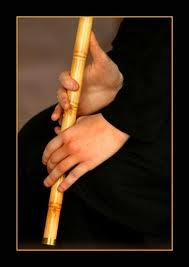Mary Parker Follett (1868-1933) was a woman endowed with a gift to see how Plurality exists in singularity and vice versa, her work is an amazing testament ensuing collective consciousness.
On the 76th death anniversary of Allama Iqbal when I am reading Follet again, I find a universal soul in the message of both these geniuses:
The aim of all proper training is not rigid adherence to a crystallized right (since in ethics, economics or politics there is no crystallized right), but the power to make a new choice at every moment. And the greatest lesson of all is to know that every moment is new. "Man lives in a dawn forever. Life is beginning and nothing else but beginning. It begins ever-lastingly.
(The New State by Mary Parker Follett 1918)
Stability is an illusion of eyes,
For every atom in the world pulsates with change.
The caravan of life does not halt anywhere,
For every moment life renews itself.
Do you think life is great mystery?
No, it is only a desire to soar aloft.
(From a poem Saqinama in Bal-e-Jibreel by Allama Iqbal 1930)
Regards
On the 76th death anniversary of Allama Iqbal when I am reading Follet again, I find a universal soul in the message of both these geniuses:
The aim of all proper training is not rigid adherence to a crystallized right (since in ethics, economics or politics there is no crystallized right), but the power to make a new choice at every moment. And the greatest lesson of all is to know that every moment is new. "Man lives in a dawn forever. Life is beginning and nothing else but beginning. It begins ever-lastingly.
(The New State by Mary Parker Follett 1918)
Stability is an illusion of eyes,
For every atom in the world pulsates with change.
The caravan of life does not halt anywhere,
For every moment life renews itself.
Do you think life is great mystery?
No, it is only a desire to soar aloft.
(From a poem Saqinama in Bal-e-Jibreel by Allama Iqbal 1930)
Regards































